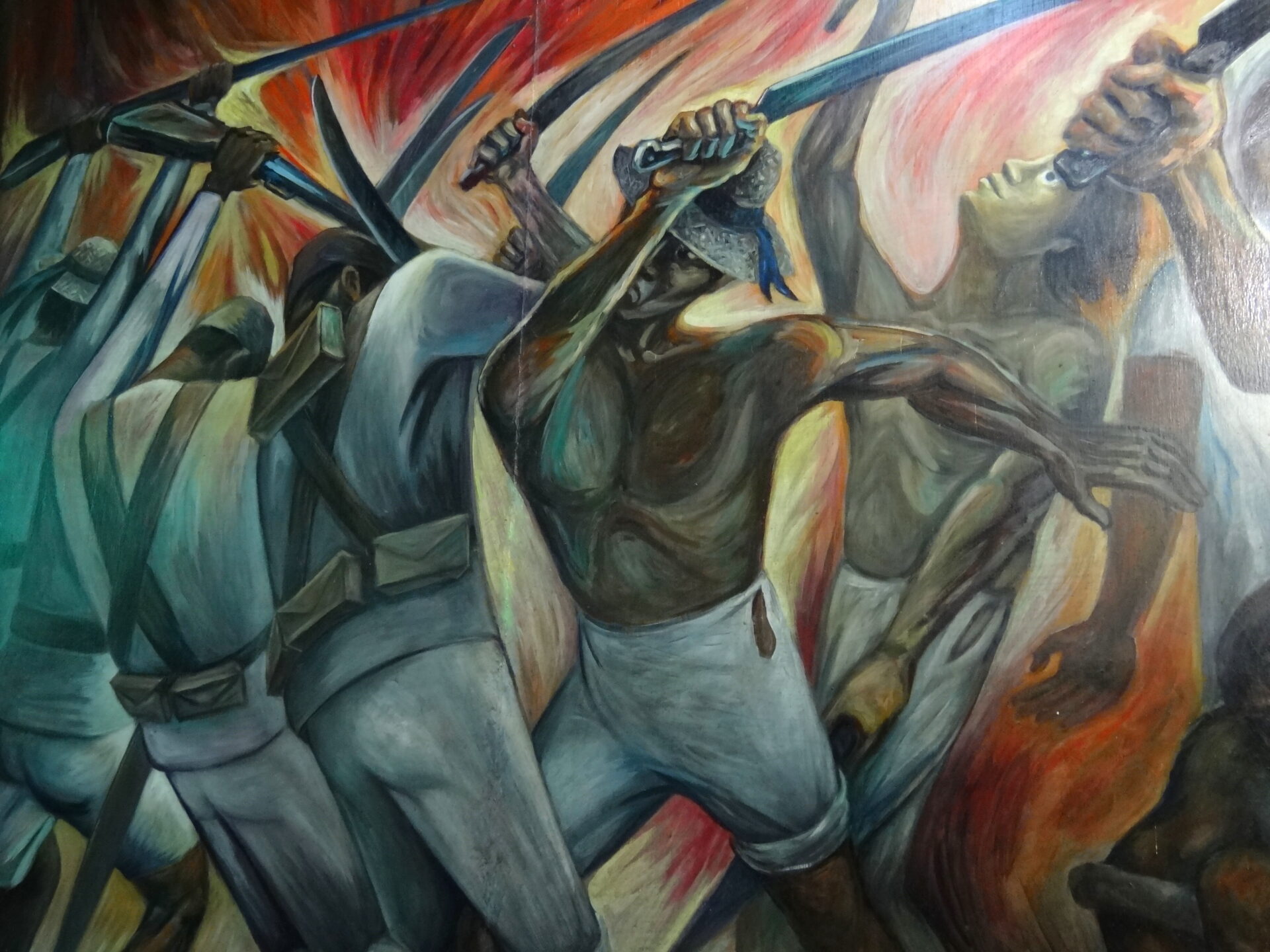
The history of Latin America has been long, contentious, and bloody, with many conquests, revolutions, and wars occurring throughout the centuries. Each, no matter how big or how small, has shaped the region in numerous ways. The Caste War of Yucatán was one of the more substantial and impactful conflicts that befell this region, especially for northern Belize and Belize as a whole. The following will outline and explore the Caste War of Yucatán and how it ended up shaping Belize’s destiny.
Background
For hundreds of years, the Maya people lived in what is now southern Mexico (the Yucatán peninsula) and northern Belize. At the height of their civilization, they were a regional power with a highly sophisticated understanding of astronomy, mathematics, science, and art. Different groups of Maya controlled land in various areas throughout the area.
The arrival of Europeans would forever change and shape the balance of power in the region. They conquered the native peoples with a combination of luck, foreign diseases, superior firepower, and political maneuvering. The Maya were able to put up a stronger resistance against the Spanish than their Aztec neighbors, who fell within two years. It took 19 years for the Maya to fall to the Spanish. The conquerors often intentionally fragmented native groups to prevent strong coordinated resistance, prevented them from achieving better economic opportunity, and kept them living in poor conditions as peasant laborers. To maintain this system, the Spanish would often favor certain groups of natives over others, who they would then use to control all of them. It was a strategy of divide and conquer at its worst.
However, groups of Maya who lived in modern-day Belize were not under as much Spanish control as Maya people in Mexico. In fact, the Spanish largely ignored the area now known as Belize because it was considered poor in valuable resources, remote and rugged, and the natives who lived there were considered very fierce.
Mexico achieved independence from Spain around 1821 and began attempting to establish its territorial borders as an independent nation. Yucatán had been an independent territory before joining the Mexican Republic, but soon began to resist federal authority and imposed new laws regarding land ownership and usage. A few years later, Yucatán decided to rejoin with Mexico but kept the land laws that had angered the local Maya.
Causes Of The War
Historians have identified a number of causes that set off the Caste War of Yucatán, namely the encroachment of Europeans into native land, the privatization of that land, the breaking of promised contracts, and the poor working conditions native Maya people faced. Maya leaders at the time cited unfair taxation as a major cause. At its core, the Caste War of Yucatán was about Maya peoples rising up in revolt against European occupiers. It was one of the most successful and largest revolts in the region and lasted over fifty years.
The situation began to reach a breaking point when people of European descent began migrating into southern Yucatán in greater numbers. They did this for economic opportunity and to become landowners, but the migration further pushed into Maya land and alienated the native people living on land that had historically been theirs. It was also sparked by conflicts in the region that saw different groups of Maya enlisted to fight against each other at the behest of the Mexican government.
The Conflict
The war broke out when angered Maya began attacking and ransacking light-skinned people of European descent, known as Yucatecos. They wanted to rid the entire region of these invaders and came close to victory on a number of occasions, but for various reasons could not win decisively. They also reached the brink of defeat but found the will to keep fighting when inspired by the appearance of the Talking Cross. This was an apparition believed by the Maya to be the way God communicated with them and directed them to continue the war. A stalemate eventually developed where the Maya controlled the southeast of the region while the government of the Yucatán controlled the northwest. An end to the war was first declared in 1855, but practically it was not over and skirmishes continued.
Shaping Belize
The Caste War of Yucatán had a major impact on the formation of Belize’s borders because Britain became involved in the conflict. The British Empire held territory to Mexico’s south, known as British Honduras, and as a way to pacify the Maya, the Mexican government began talking with Britain about letting them absorb what is now Belize into British Honduras. While many in Mexico believed that land should belong to Mexico, the Mexican government pursued the deal as a way to stop the transfer of arms from the Maya in Belize to the Maya in Yucatán. Several Maya groups in the area also held a more favorable view of the British and benefited from trading with them, which made the deal more appealing.
Even when the war was brought to an official end and Belize became part of British Honduras, some Maya in the area continued to fight each other and light-skinned people, which included those of Mestizo descent. They proved a threat to British mahogany workers in northern Belize, to which the British responded by building forts and bringing in British soldiers and officers from Jamaica for defense. This was the result of the unfortunate tendency of mahogany harvesters to intrude into Maya land and villages for more mahogany.
Northern Belize saw the arrival of many refugees, especially those of Maya Mestizo descent, from the Caste War during the duration of the conflict. Their cultural influence can still be felt in the region today.
The ruins of Forts Mundy and Cairns still sit in Orange Walk Town as a reminder of this bloody history. A mural depicting the Caste War at Corozal Town Hall has been painted over and changed three times to depict the conflict from varying points of view throughout its existence.
Like other violent and disruptive events in Latin American history, the Caste War of Yucatán left its mark on Belize. It established the northern border of the country and saw the arrival of a large Latino population that continues to be one of the largest cultural groups in Belize today.














